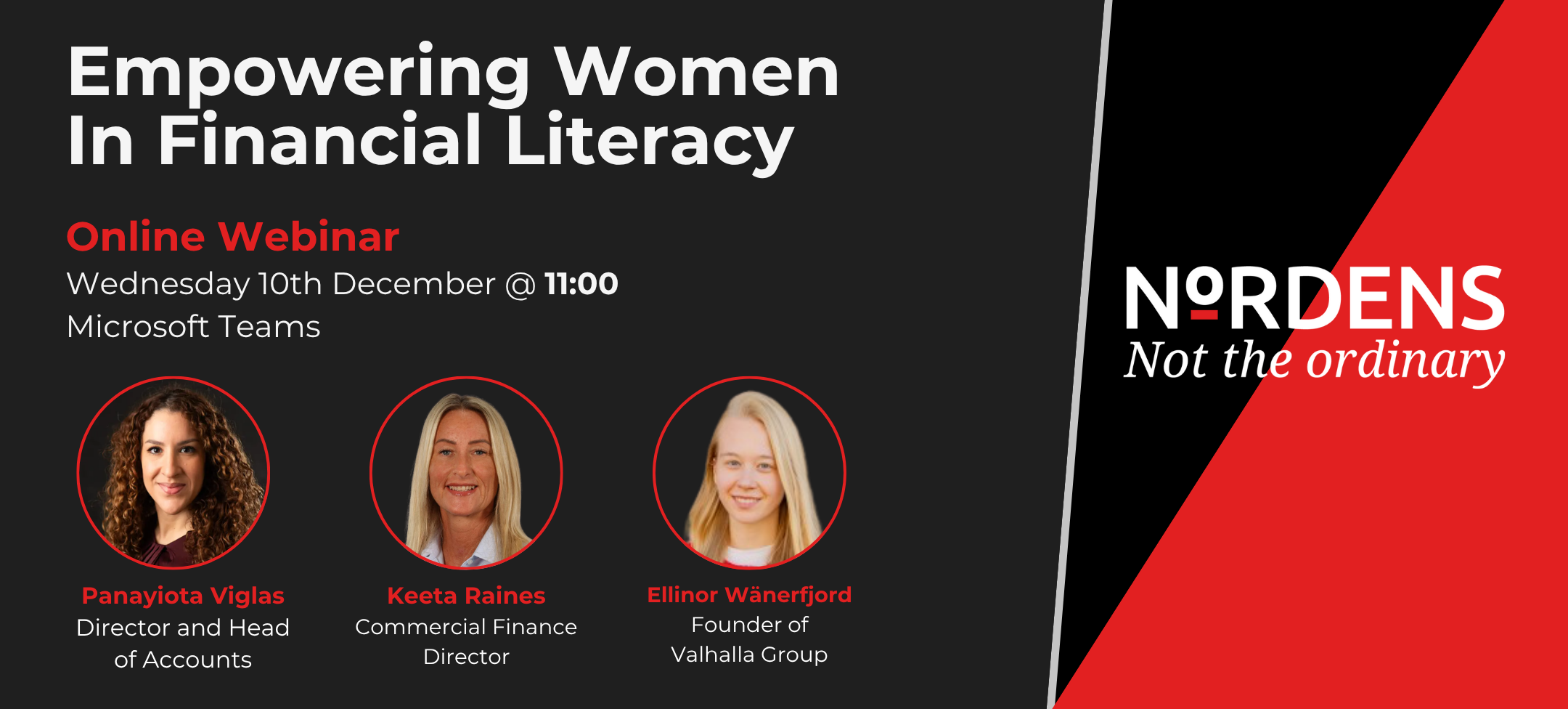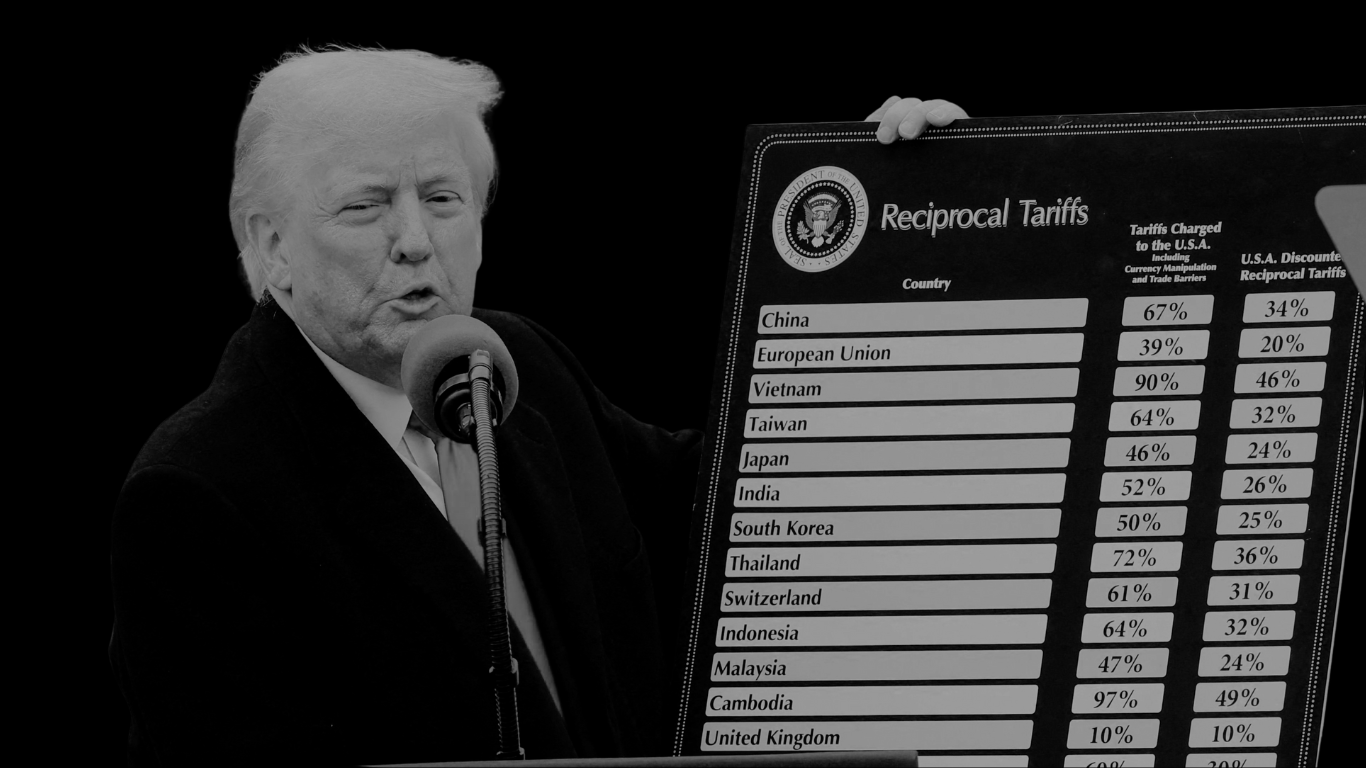Investing in a new company, especially if high risk, can surprisingly offer plenty of appeal. What if there were a scheme wherein new ventures receive money, and investors taking a risk receive money. Likewise, in turn this then provides the UK economy with a boost. Fortunately, such a scheme already exists.
The Enterprise Investment Schemes (EIS) and Seed Enterprise Investment Schemes (SEIS) are investment schemes, intended to stimulate investment in SME businesses. This is done by offering tax reliefs to individual investors who buy new shares in your company. Last year, nearly 6,000 companies raised over £1.8 billion in SEIS and EIS funding. This signals the huge potential in getting businesses off the ground, whilst incentivising investors.
We analyse the process of an EIS or SEIS application through an anonymous case study of one of the companies we work with, as well as breaking down the criteria of who and how to apply…
Can I Apply For EIS/SEIS?
Your company is eligible for SEIS funding if it:
- Is established in the UK
- Carries out a new qualifying trade
- Has only been trading for less than two years
- Has less than £200,000 in gross assets at the time of investment
- Has fewer than 25 full-time employees
- Is not a public company (ie, not traded on a recognised stock exchange)
- Is not controlled by another company
- Does not control another company, unless they are qualifying subsidiaries
- Has not already received any EIS funding
Your company is likely to be eligible for EIS funding if it:
- Is established in the UK
- Carries out a qualifying trade
- Has been trading for less than seven years
- Has less than £15 million in gross assets at the time of investment
- Has fewer than 250 full-time employees
- Is not a public company (ie, not traded on a recognised stock exchange)
- Is not controlled by another company
- Does not control another company, unless they are qualifying subsidiaries
How Can I Apply For EIS/SEIS?
At Nordens, we take pride in completing EIS and SEIS applications for our clients. We also have a proven track record of success in EIS and SEIS applications. Our penchant and thirst to seek growth and success for our clients is never compromised. We’d take great pleasure in carrying out the EIS/SEIS process for you and your business.
One of our clients is a distribution company, who we have worked with for a number of years. They were completely unaware of EIS/SEIS. After communicating thoroughly the process and the benefits it can bring, they decided to go through with the application. Their main ambition was to generate more seed capital to fund the business. This was to attract investors in order to exact growth in the company. The distribution company were very interested in this and wanted to know more information. After running through the details of the scheme, they decided to go ahead with the advance approval.
Our tax department then contacted HMRC to start the application process. Adam Truluck states, “With SEIS and EIS, you cannot apply until you receive investors’ money and the shares have been issued. This leads to issues with the investors as they want assurance that they can claim SEIS/EIS before they invest. The way around this is applying for advance assurance. This is a process where you provide all the information to HMRC as if you were applying. HMRC will then confirm whether or not you will be accepted. If accepted, you’ll receive a confirmation letter that can be shown to investors. This acts as confirmation that they can claim once they’ve invested. It’s not obligatory to complete advance assurance. You do then run the risk however, of being rejected and your investor not being able to claim.”
Adam goes on to say, “The first step for my client was to prepare a business plan. This has to give details of what their trade is; how much they’re looking to raise, and what the funds are going to be used for to grow the business. It’s likely you’ll have a business plan already that may just need some tweaking. The last set of accounts have to be provided along with the Memorandum, Articles of Association and the Advance Assurance application.”
Once an Advance Assurance is received, you can go to investors and negotiate. When an investor is secured, you can then submit an actual application for SEIS/EIS. As the Advance Assurance is already in notion, the application comes back relatively quickly, with a certificate issued to give to investors.
What Can EIS & SEIS Be Used For and What Are The Differences?
The money raised from the EIS or SEIS schemes must be spent within 2 years of the investment and be used to grow/develop your business. It cannot be used to buy all/part of a business or pose a risk loss to capital for the investor. The money raised can be used for a qualifying business activity including:
- a qualifying trade
- preparing to carry out a qualifying trade (which must start within 2 years of the investment)
- research and development that’s expected to lead to a qualifying trade
When applying for EIS/SEIS, it’s wise to apply for both. This is because the qualifying criteria are largely similar, and the chances of success are effectively doubled. Despite both schemes featuring the benefit of no requirement of Inheritance Tax (IHT) for at least 2 years, there are a few fundamental differences between both schemes.
The SEIS is for early-stage companies. It allows an individual to invest up to £100,000 (rising to £200,000 in April 2023) per tax year whilst receiving a 50% tax break in return. The investor also obtains a Capital Gains Tax (CGT) exemption. This is on any profits that arise from the sale of shares after three years.
The EIS focuses on medium sized start-ups. It allows an individual to invest up to £1 million per tax year and to receive a 30% tax break in return. The investor will also pay no CGT tax on any profit arising from the sale of the shares after three years.
What Are The Changes To SEIS?
During the September Mini Budget 2022, the Chancellor Kwasi Kwarteng, announced a string of changes to SEIS. These were:
- Companies can now raise £250,000 in SEIS – (previously £150,000)
- Companies can raise SEIS within the first 3 years of trading (previously 2 years)
- Companies must have less than £350,000 in gross assets to be able to raise SEIS (previously £200,000
Investors are now entitled to raise a maximum limit of £200,000 per year, up from £100,000. All of these changes are to begin on 6th April 2023.
We hope this has outlined to you how EIS/SEIS can bring about serious growth opportunities within your business. Nordens would love to be a part of this, through supporting and completing your application. If there’s anything mentioned, or you’re looking to apply for EIS or SEIS in your business, then please do not hesitate to get in contact with us at Nordens where one of our trusted advisors would be happy talking you through your query.









































































































































































































































































































































































































































































































